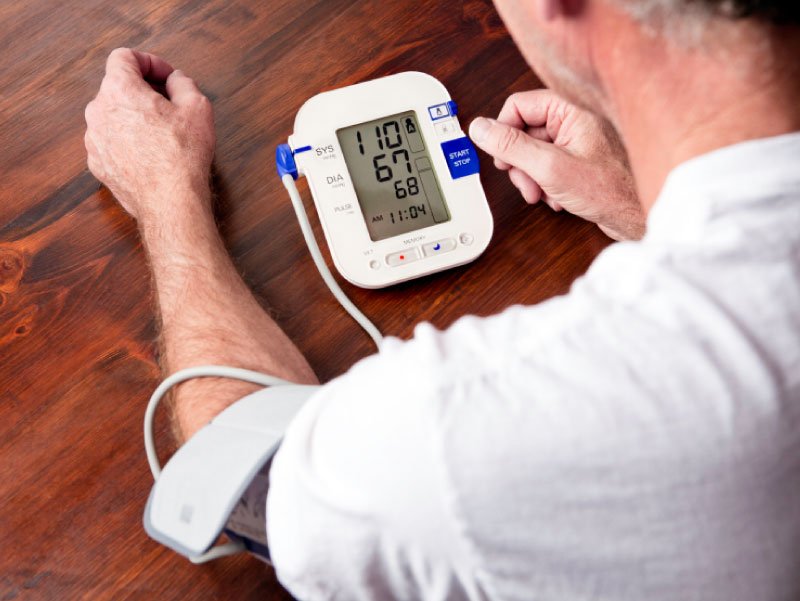
To ensure accurate blood pressure measurements, follow these tips:
1. Choose the Right Equipment:
Use a validated and properly calibrated sphygmomanometer (blood pressure monitor), preferably digital.
2. Proper Technique:
– Sit comfortably with your back supported and feet flat on the floor.
– Keep your arm supported at heart level.
– Place the cuff directly on your bare skin, not over clothing.
3. Avoid Stimulants:
Avoid caffeine, smoking, and exercise for at least 30 minutes before measuring.
4. Relaxation and Rest:
Rest for 5 minutes before taking readings. Ensure you are calm and relaxed.
5. Correct Cuff Size:
Use the appropriate cuff size for your arm circumference to ensure accurate readings.
6. Multiple Readings:
Take two to three readings, spaced a few minutes apart, and average them.
7. Consistent Timing:
Measure at the same time each day, such as in the morning or evening, to monitor changes consistently.
8. Note Conditions:
Record the conditions under which you measure (e.g., time of day, recent activities, medication).
9. Regular Calibration:
Ensure your monitor is calibrated according to manufacturer’s instructions or checked periodically.
10. Consult a Professional:
If you have concerns about accuracy or inconsistent readings, consult a healthcare provider for guidance.
By following these steps, you can improve the accuracy of your blood pressure measurements and better monitor your health.
